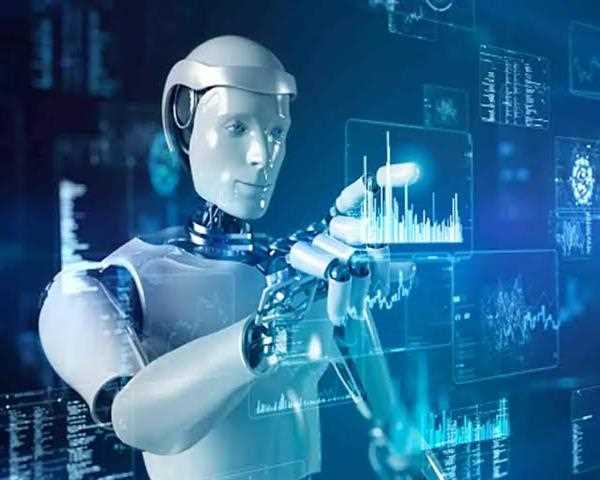Artificial intelligence (AI) and machine learning (ML) are two terms that are often used interchangeably, but they are not the same thing. AI is the emulation of human intelligence in machines, while ML is a branch of AI that concentrates on creating algorithms and statistical models that enable machines to learn from data and advance their performance with time.
AI is a broad field that encompasses various technologies, including ML, natural language processing, computer vision, robotics, and more. The goal of AI is to create machines that can perform tasks that typically require human intelligence, such as problem-solving, decision-making, and perception. AI systems can be classified as either rule-based or learning-based. Rule-based AI systems use pre-programmed rules to make decisions, while learning-based AI systems use ML algorithms to learn from data and improve their performance over time.
ML is a subset of AI that focuses on the development of algorithms that enable machines to learn from data without being explicitly programmed. In ML, the machine is given a set of data, and it uses this data to learn and improve its performance over time. ML algorithms can be supervised, unsupervised, or semi-supervised. In supervised learning, the machine is given a set of labeled data and uses this data to learn patterns and make predictions. In unsupervised learning, the machine is given a set of unlabeled data and must find patterns and relationships on its own. In semi-supervised learning, the machine is given a combination of labeled and unlabeled data.
While machine learning (ML) is a specific area of artificial intelligence (AI) that deals with the development of algorithms that allow machines to learn from data, AI is a more comprehensive field that includes various technologies. AI systems can be rule-based or learning-based, while ML algorithms are always learning-based. AI systems can be programmed to perform specific tasks, while ML algorithms learn from data and improve their performance over time.